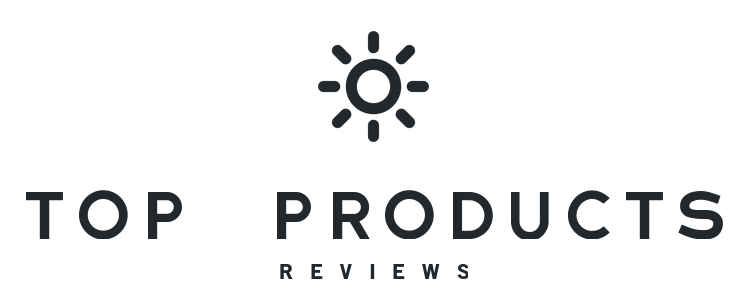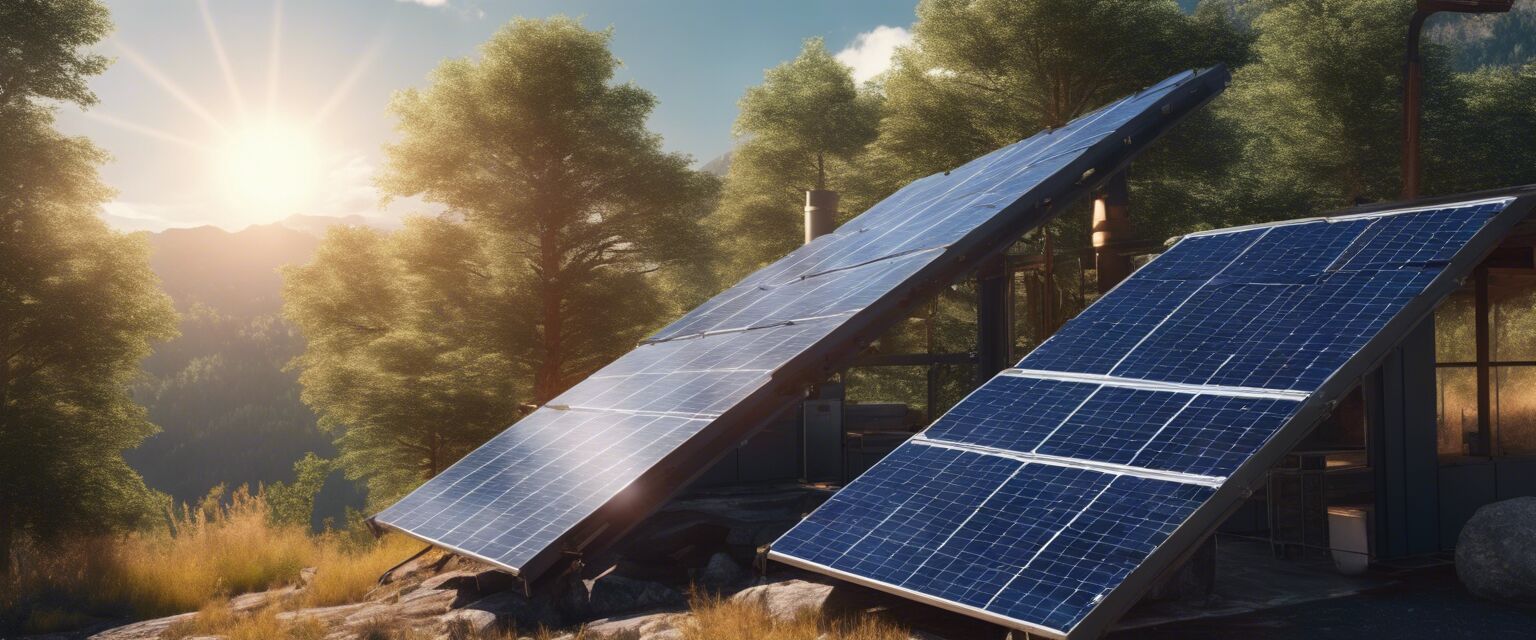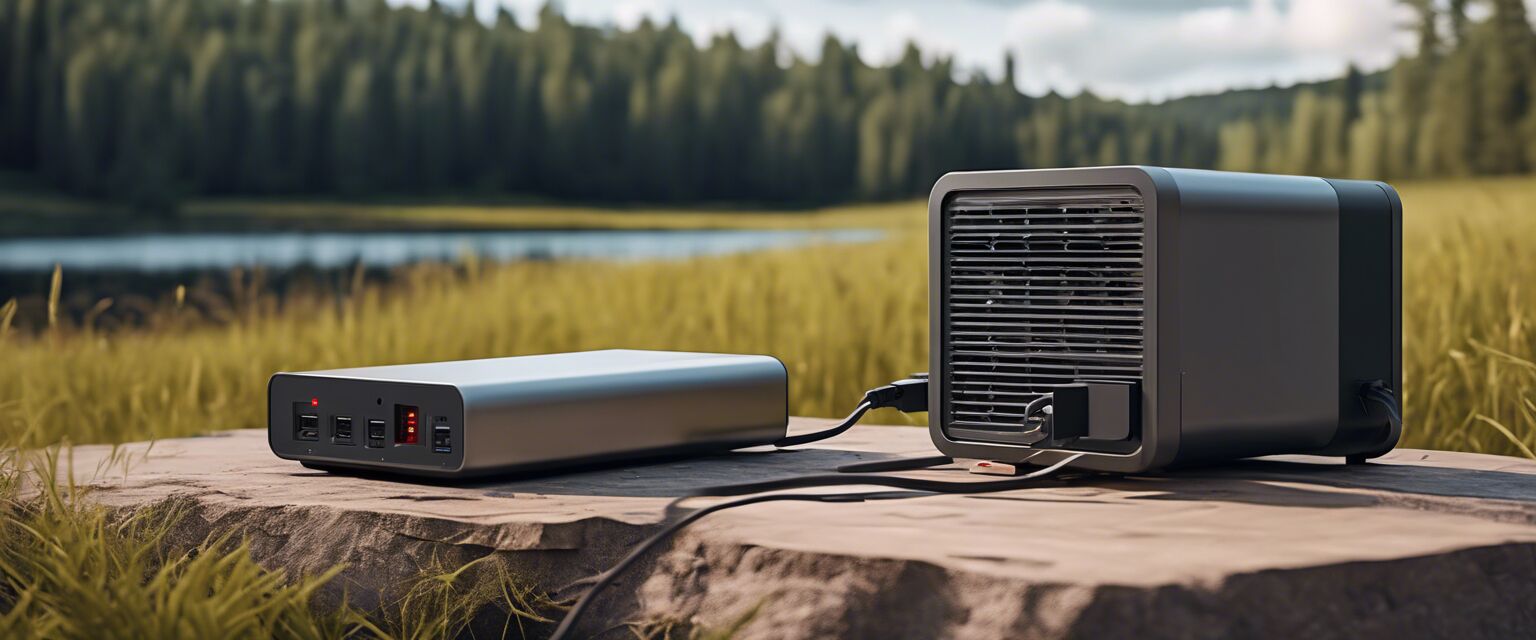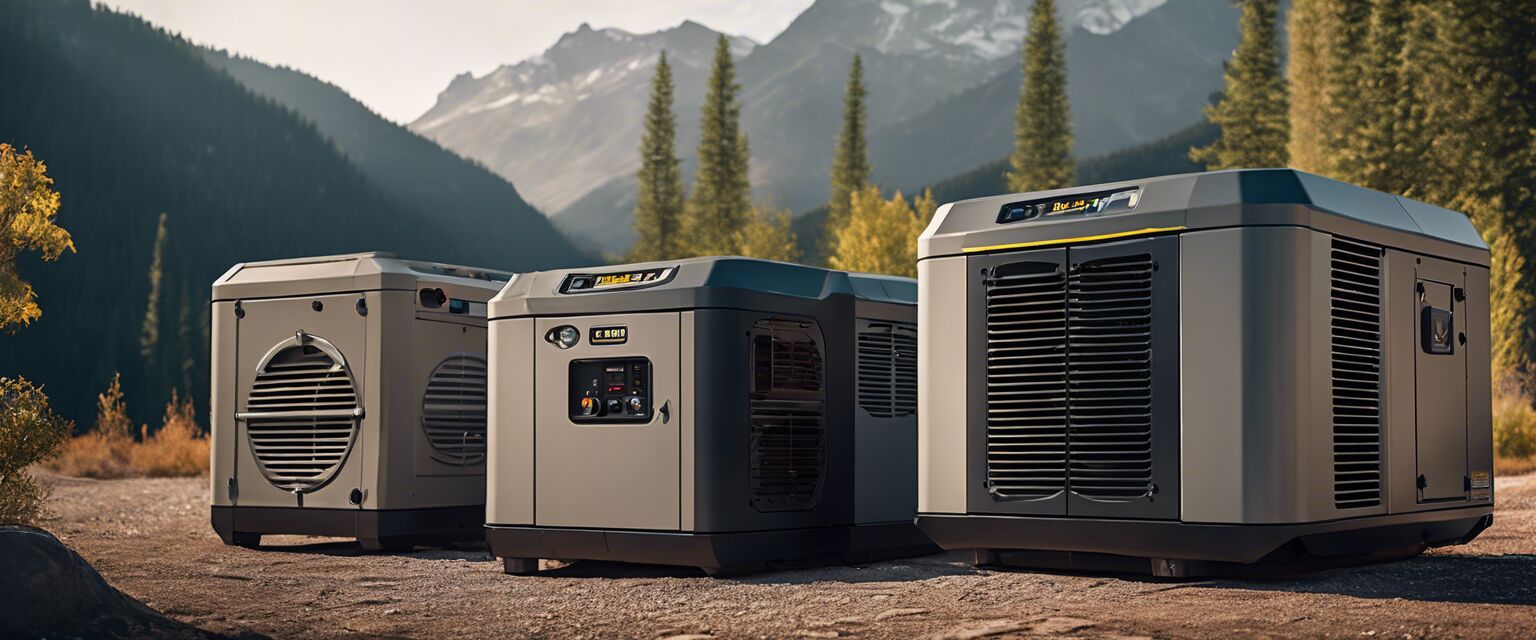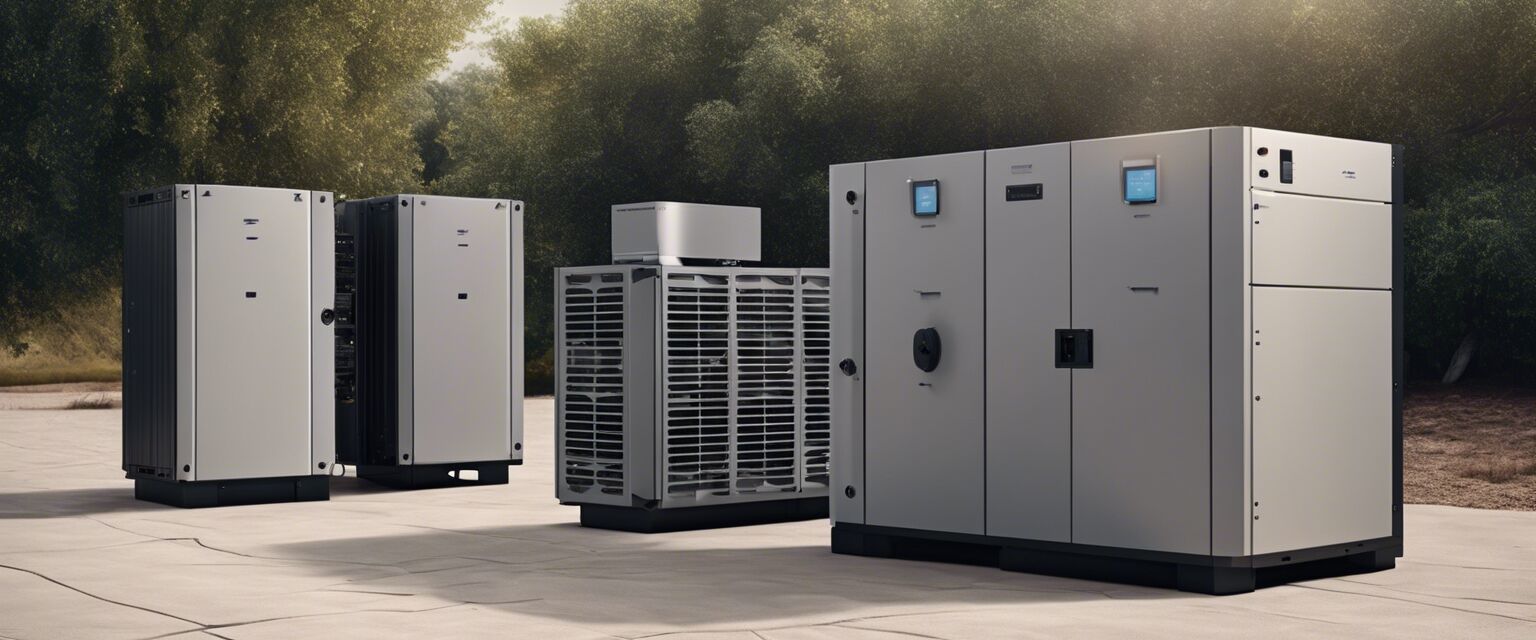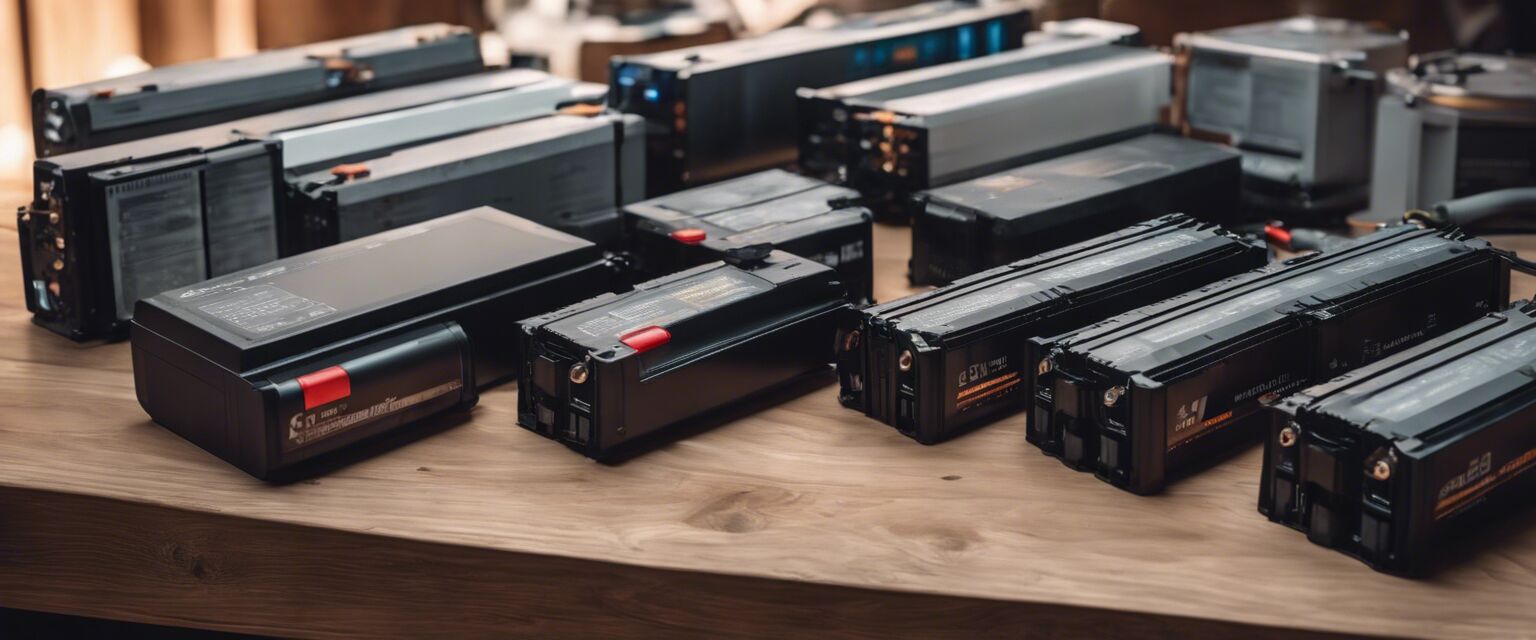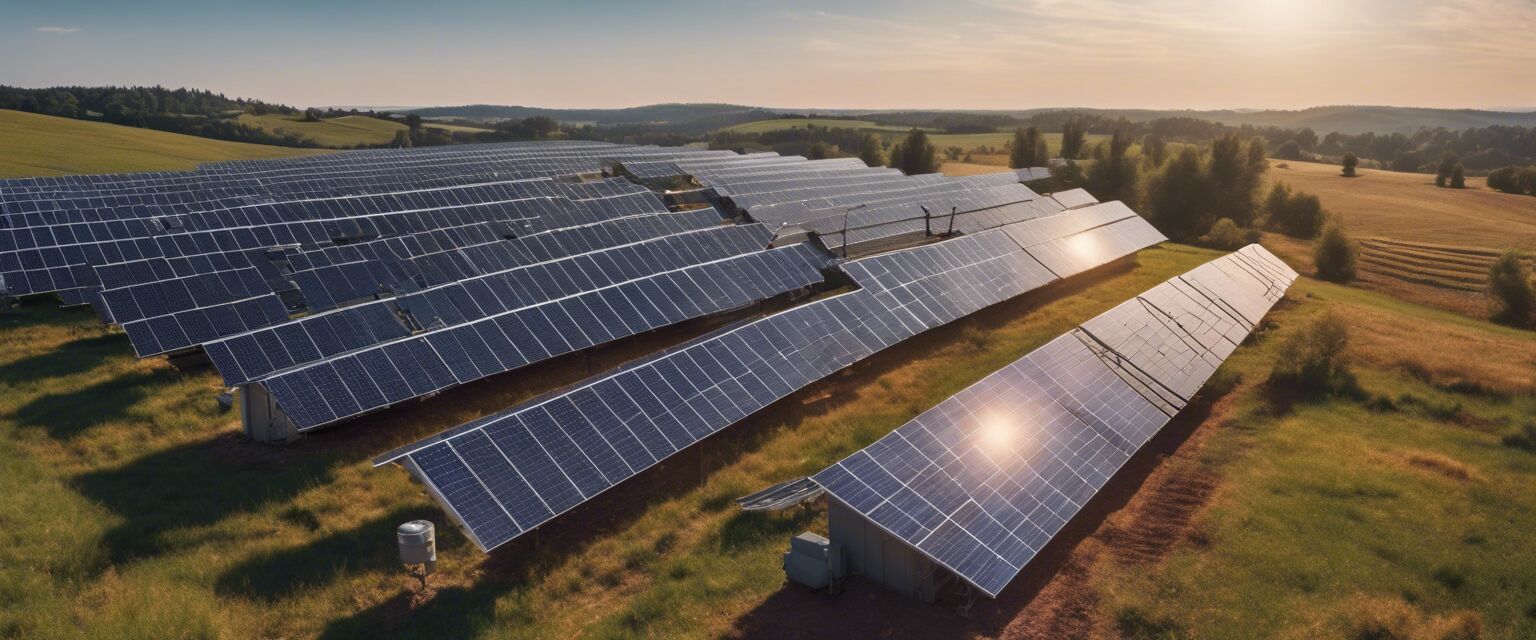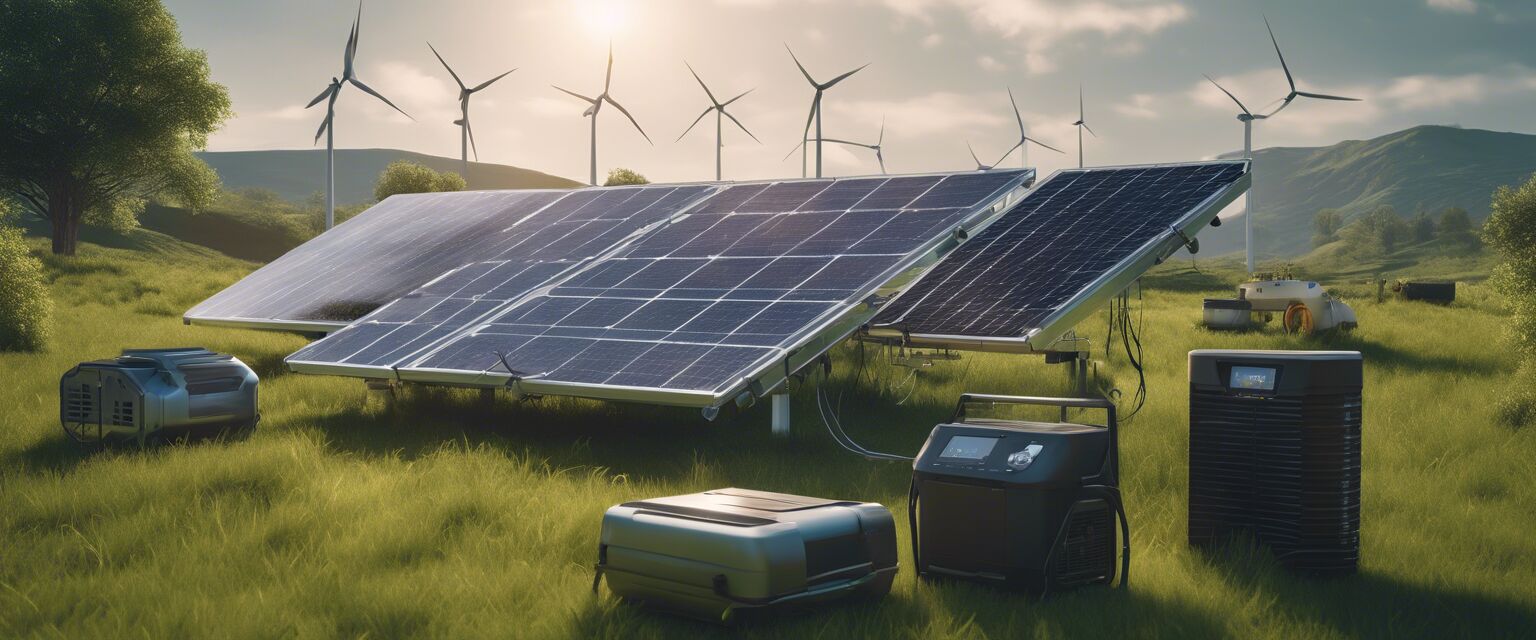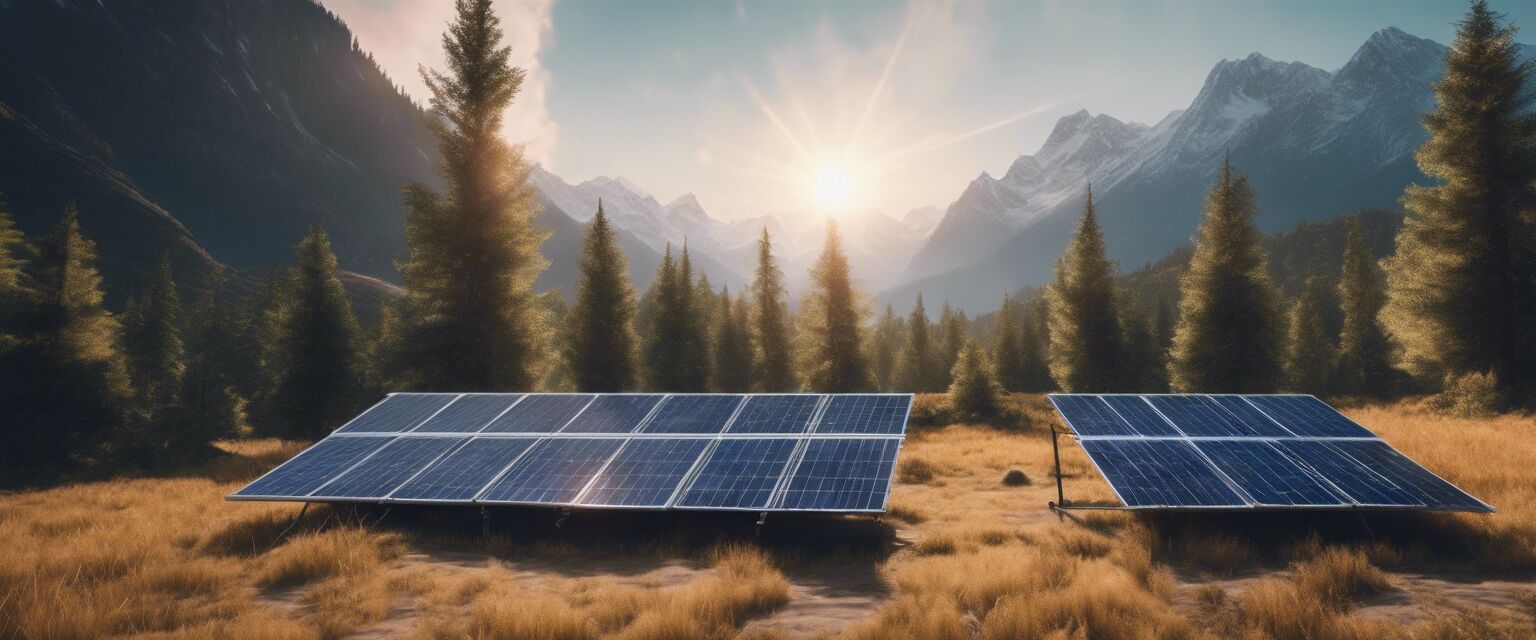
Solar Power Solutions
Key Takeaways
- Solar power is a sustainable and renewable energy source ideal for off-the-grid living.
- Understanding components like solar panels, inverters, and charge controllers is crucial for setting up a solar power system.
- Proper installation and maintenance can optimize energy production and system longevity.
- Costs can vary widely depending on the system size and components chosen.
Solar power systems are becoming increasingly popular for those seeking to live off the grid. This comprehensive guide will explore various solar power solutions, their benefits, and essential components to consider when setting up your own solar energy system.
Benefits of solar power solutions
- Renewable energy source
- Reduces electricity bills
- Low maintenance costs
- Environmentally friendly
- Energy independence
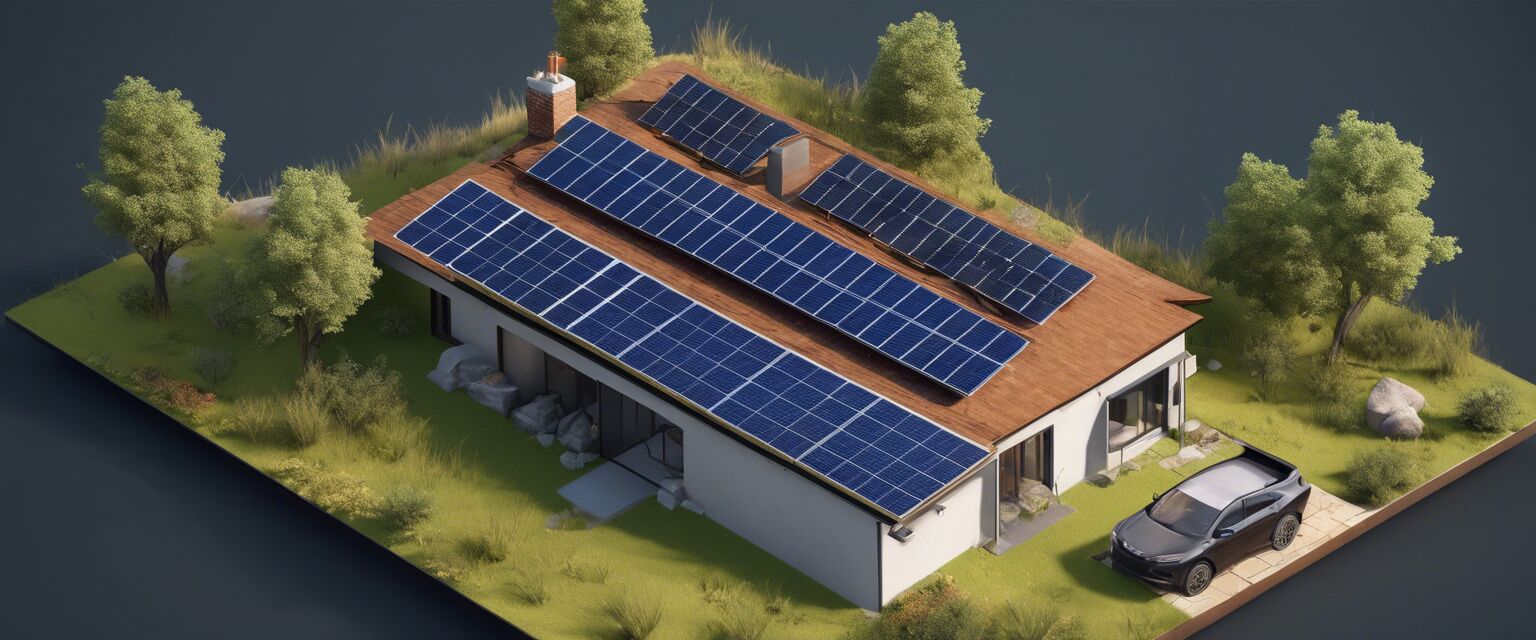
Essential components of a solar power system
For an effective solar power system, understanding the essential components is crucial. Below are the main elements involved:
| Component | Description |
|---|---|
| Solar Panels | Convert sunlight into electricity. |
| Inverters | Convert DC electricity generated by solar panels into AC electricity for home use. |
| Charge Controllers | Regulate voltage and current coming from the solar panels to the batteries. |
| Battery Storage | Store excess energy generated for later use. |
| Mounting Systems | Support and secure solar panels on roofs or ground. |
Understanding solar panels
Solar panels are the heart of any solar power system. They come in various types and efficiencies, which can affect your overall energy production. Here are the main types of solar panels:
- Monocrystalline Panels
- Polycrystalline Panels
- Thin-Film Panels
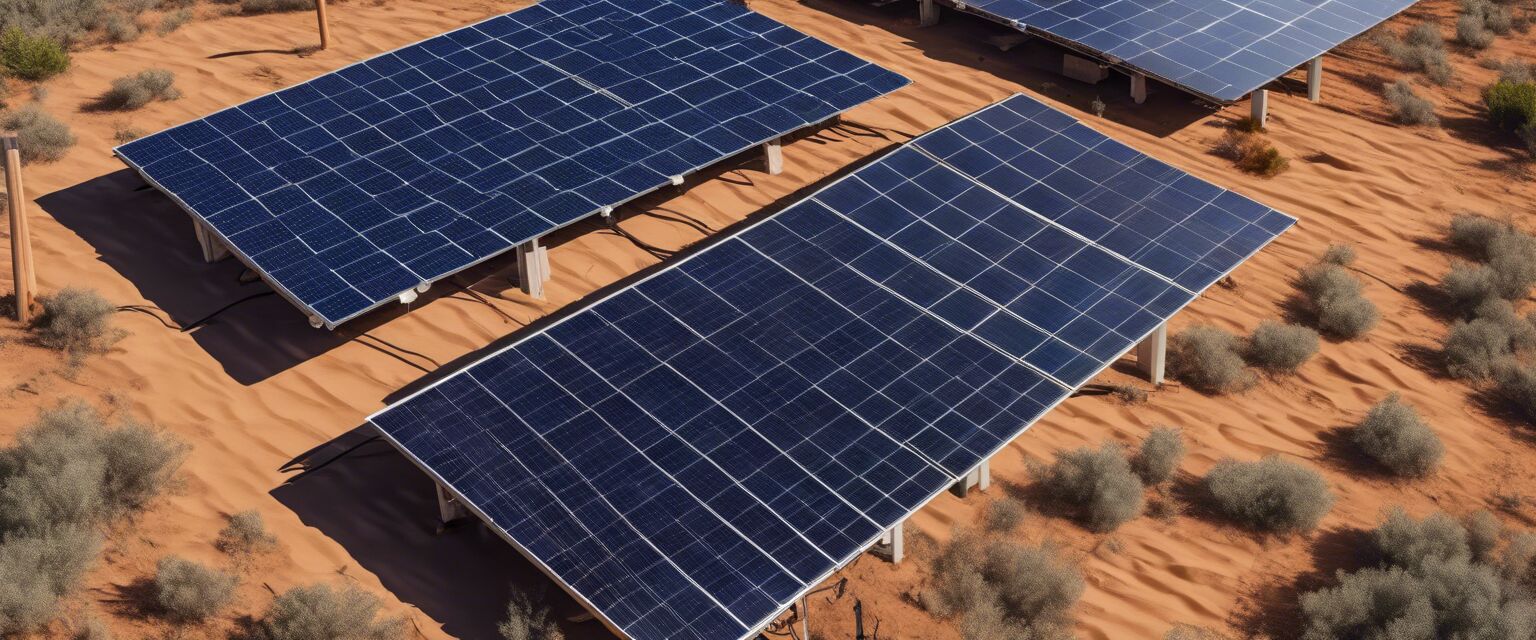
Choosing the right inverter
The inverter is crucial for converting the energy produced by solar panels into usable electricity. Here are the types of inverters you can consider:
- String Inverters
- Microinverters
- Power Optimizers
The role of charge controllers
Charge controllers play an essential role in protecting your battery storage system. They prevent overcharging and excessive discharging, ensuring the longevity of your batteries.
Cost considerations
The cost of a solar power system can vary widely based on numerous factors, such as:
- System size and capacity
- Type of solar panels and inverters
- Installation and labor costs
- Local incentives and tax credits
Pros
- Environmentally friendly energy source
- Long-term savings on energy bills
- High reliability and low maintenance
- Increases property value
Cons
- High initial investment costs
- Dependent on sunlight availability
- Requires space for installation
- Weather can affect energy production
Installation tips for solar power systems
Beginner's section
If you are new to solar energy, here are some tips for installation:
- Conduct a thorough site assessment to determine the best location for solar panels.
- Consider local regulations and obtain necessary permits.
- Hire a qualified installer to ensure proper setup and functionality.
- Regularly maintain your system for optimal performance.
Conclusion
By investing in solar power solutions, you not only contribute to a sustainable future but also gain energy independence. Understanding the components, costs, and benefits of solar energy systems can help you make informed decisions that suit your off-the-grid lifestyle.
Explore more on our website
To learn more about specific components of solar power systems, check out our detailed guides on:
